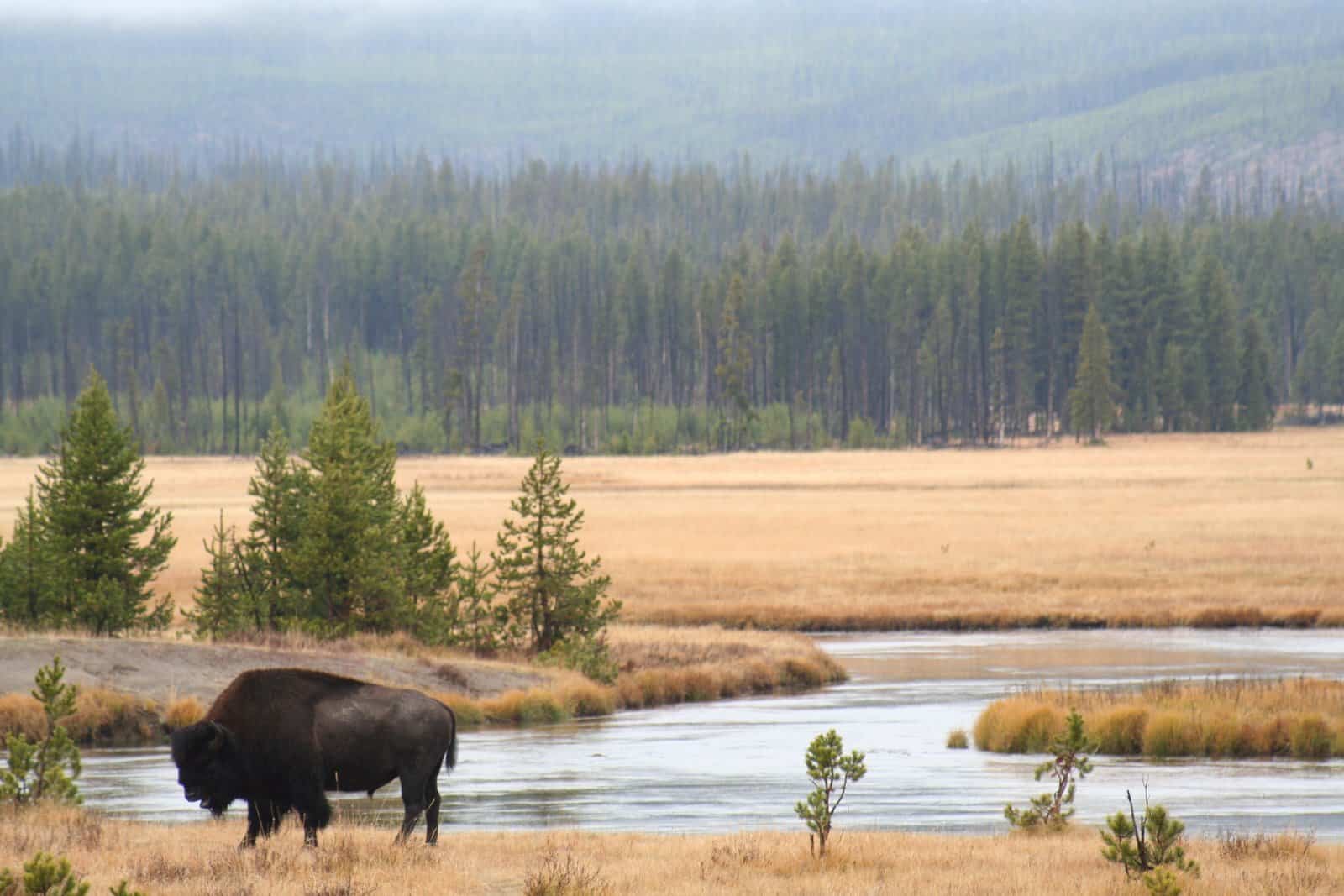Share this article
Automated Wildlife Crossing Detection Shows Promise
New drive simulation research shows that automatic wildlife detections systems may help to reduce collisions.
“They definitely have a place in our suite of ways to fight roadkill,” said Molly K. Grace, a graduate student in conservation biology at the University of Central Florida and the lead author of a new study published in Nature Conservation.
Transportation agencies and park managers employ various strategies to keep wildlife off the asphalt. In Florida’s Big Cypress National Park, for example, a 1.3-mile stretch of road between Naples and Miami is equipped with a Roadside Animal Detection Systems (RADS) that warns cars using a text-based sign that lights up whenever anything taller than 18 inches crosses the system’s sensors — a small enough margin to detect anything from alligators to bears.
But it’s difficult to see if these detection systems are actually working, short of waiting around the signs to see if cars crash. So the researchers turned to a virtual driving simulation that’s somewhat similar to an arcade driving game where people are strapped in with seatbelts and put a key into the ignition. The car-like machines show videos with RADS system signs to see how drivers would react with their speed, brakes and other car functions.
The simulations showed two designs — one with a text-based symbol that lit up reading “warning” and another that lit up a picture of a panther.
“It turns out that both are effective,” Grace said, though the picture-based one was marginally better at reducing speeds and getting drivers to avoid simulated crashes.
She said that people who saw text-based signs were around six times less likely to get into a crash with wildlife than those who didn’t receive any warning, while people who saw picture-based signs were around 14 times less likely to crash into animals.
People seeing the signs also tended to drive a little slower, with those seeing the signs going three kilometers per hour slower on average and those seeing picture-based signs going eight kph slower. Drivers seeing both kinds of signs started breaking when they saw animals around eight meters before those drivers who didn’t have signs.
“This extra distance can really help reduce collisions,” Grace said.
The technology could also be useful for reducing wildlife collisions with endangered species such as endangered Florida panthers (Puma concolor).
“Road-kill is the largest controllable source of mortality for the Florida panther, and has been increasing virtually every year,” said study coauthor Reed Noss in a release.
Grace said that since these devices show success, they could be implemented in more areas in the future.
Header Image:
A text-based roadside animal detection system in Big Cypress National Preserve, Florida helps reduce collisions by lighting up when an animal is detected near the road.
Image Credit: Molly Grace








